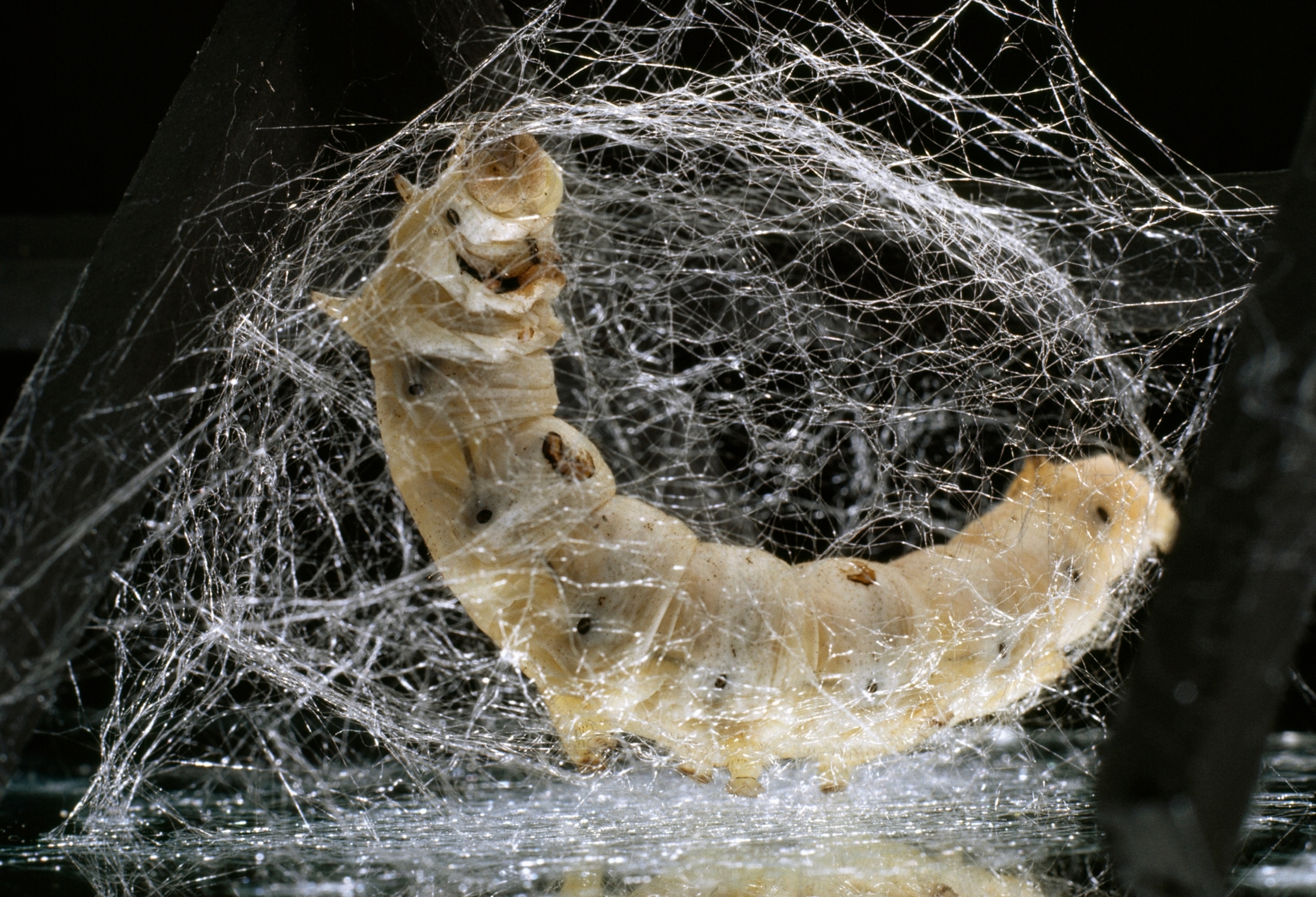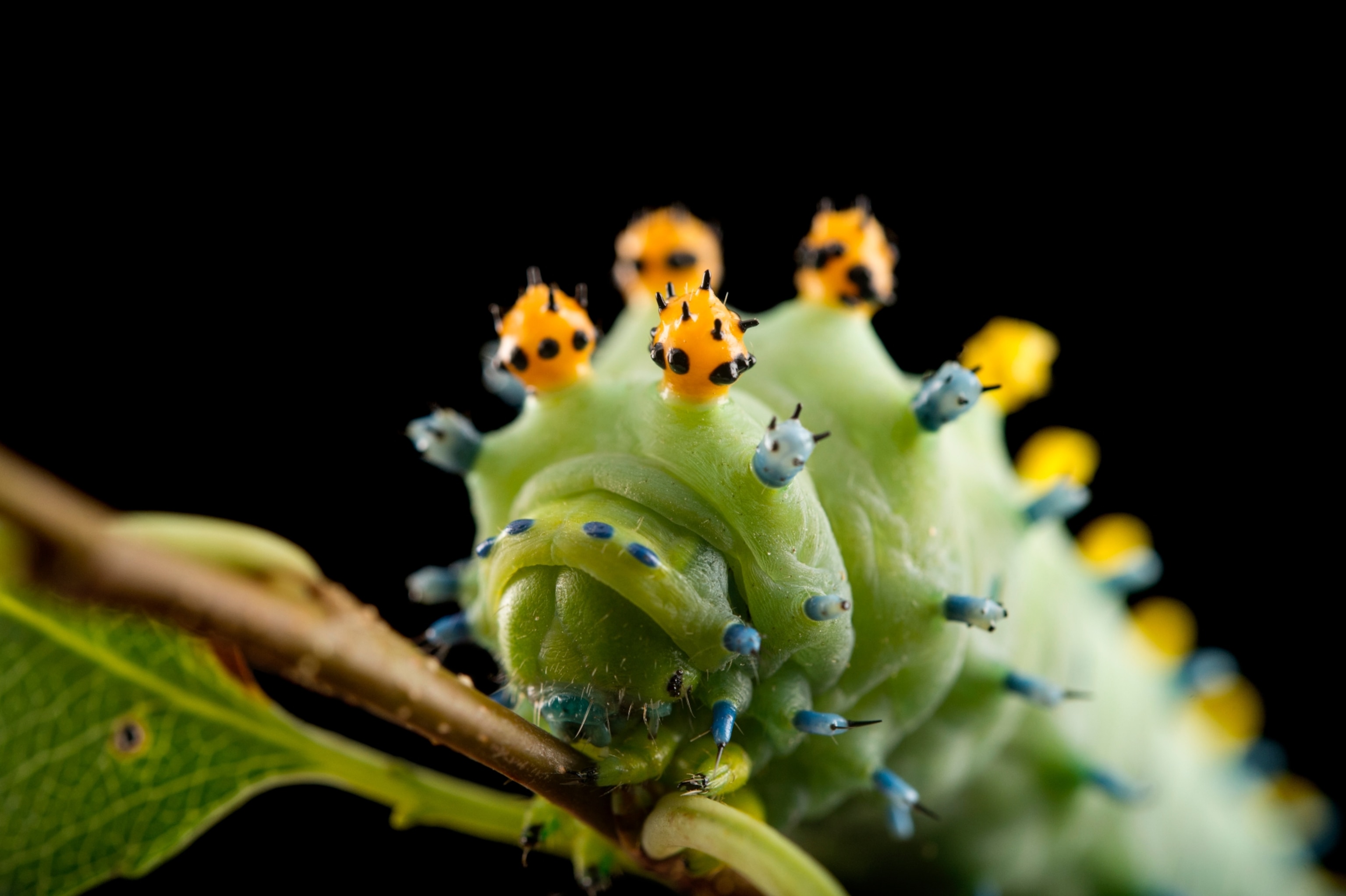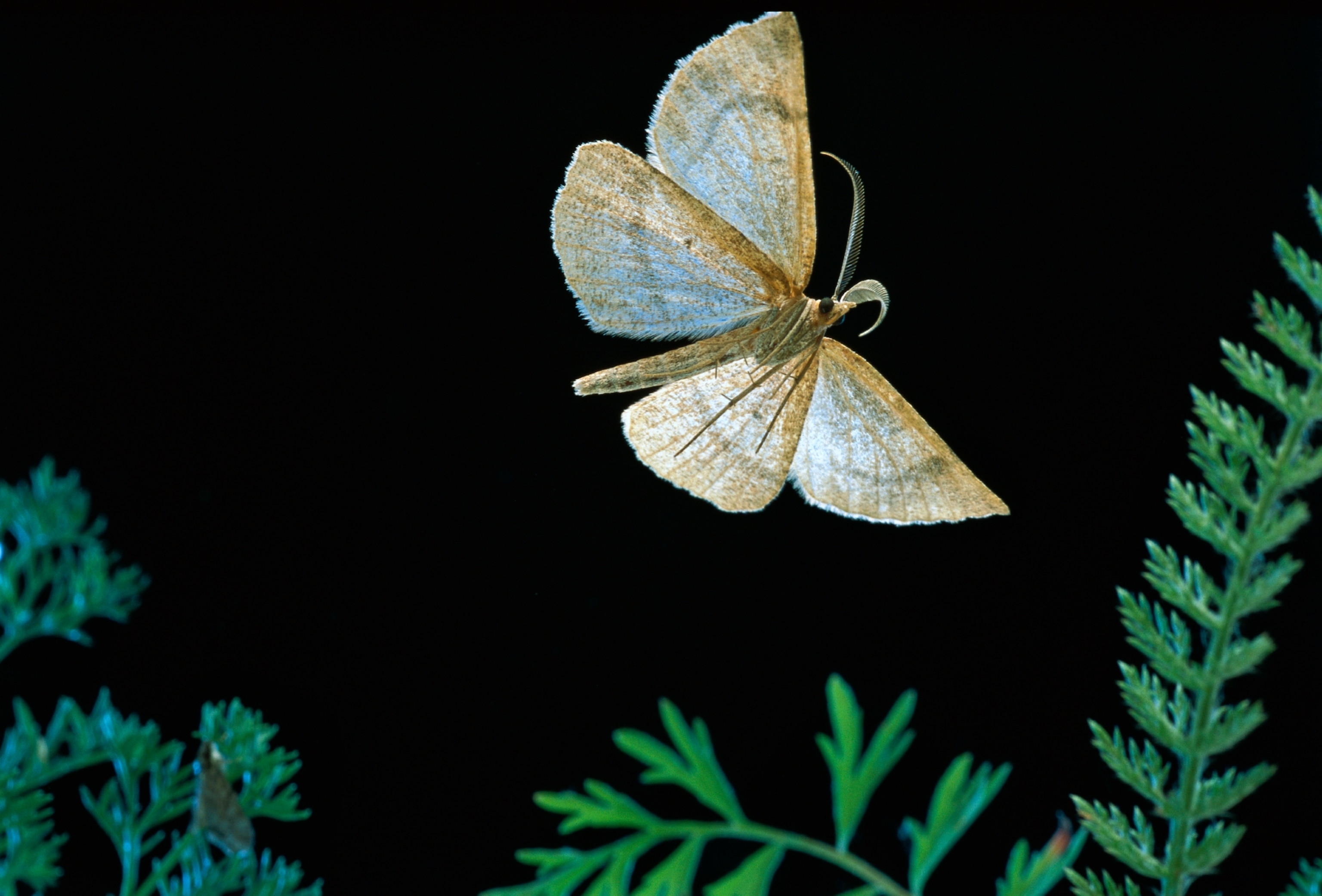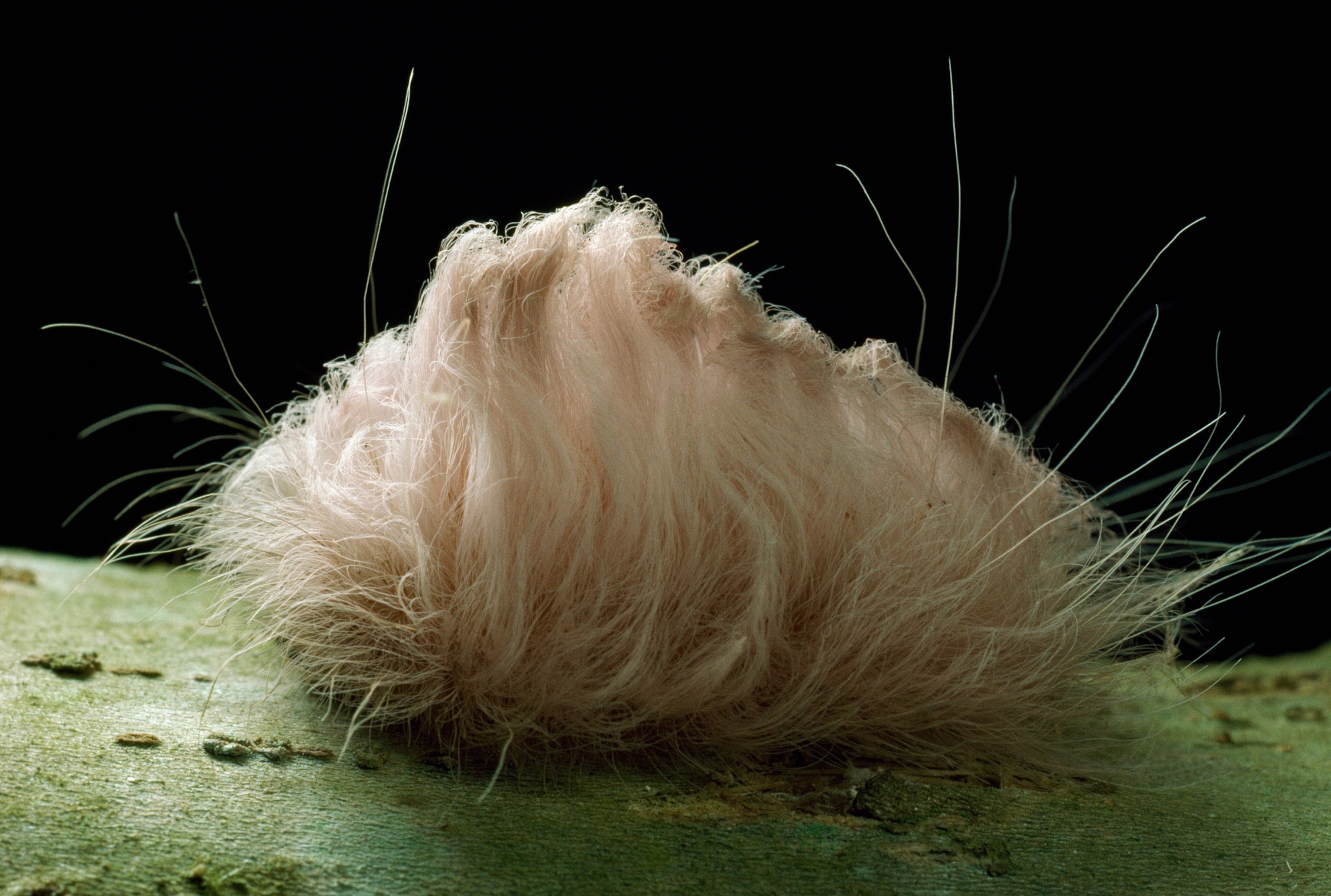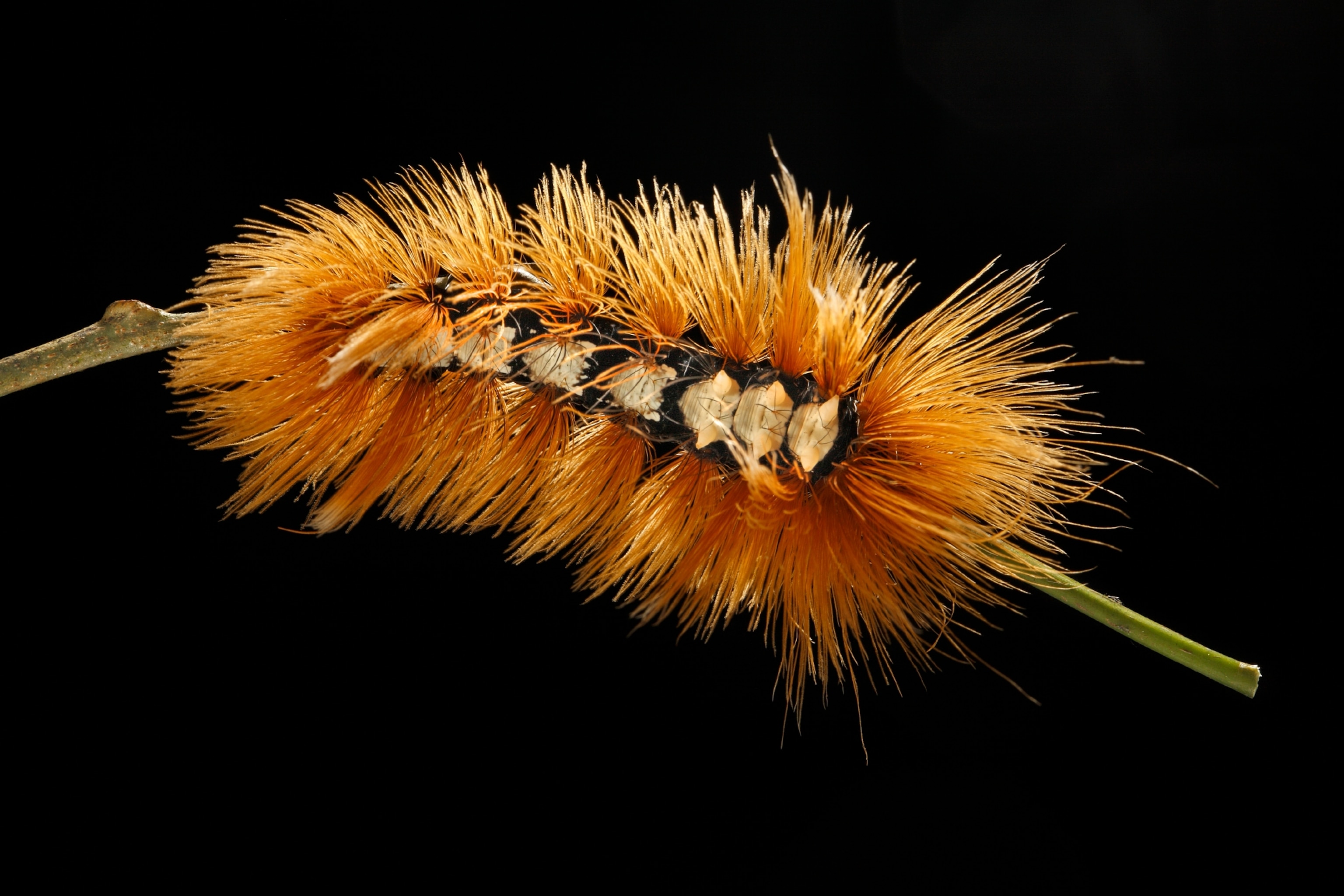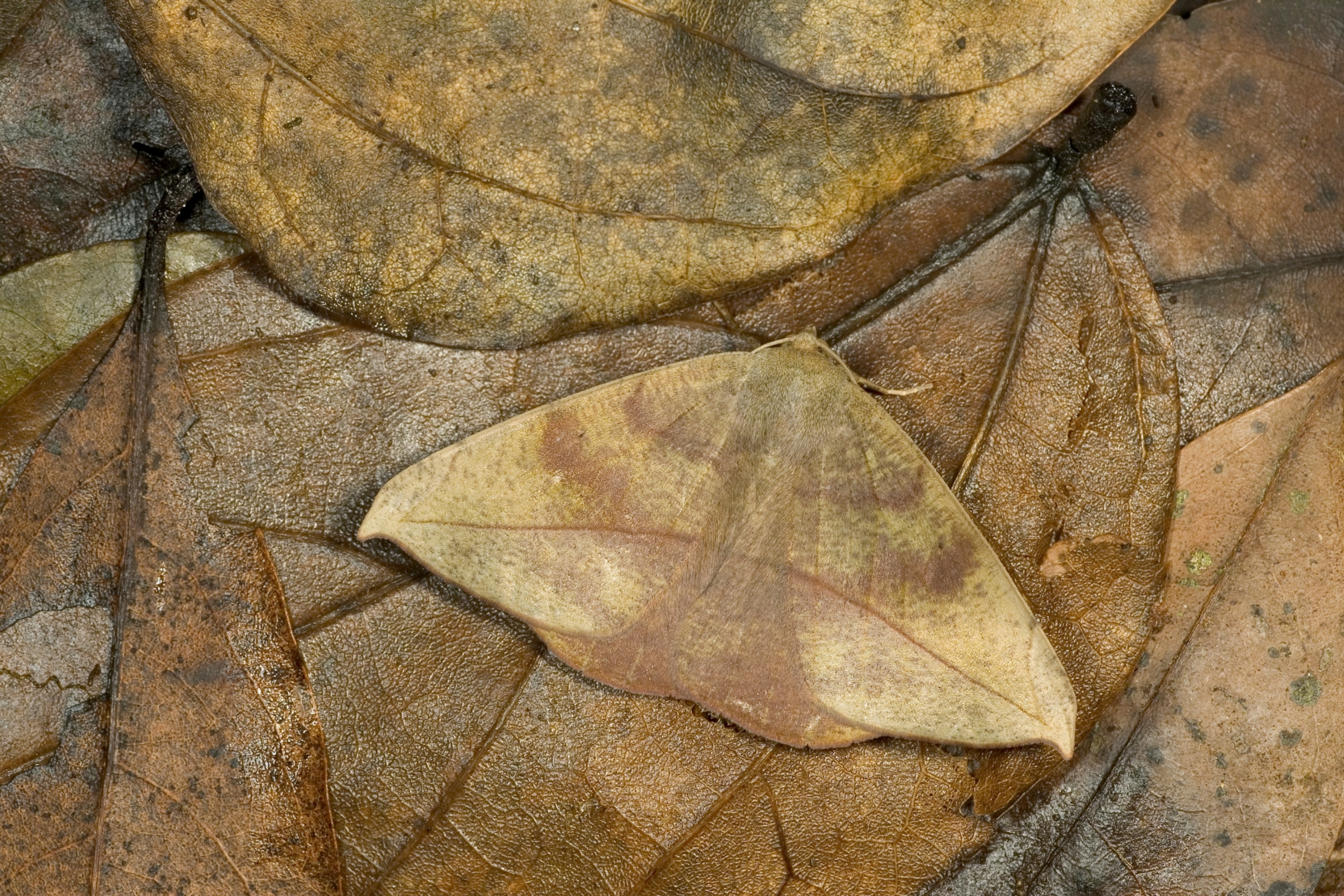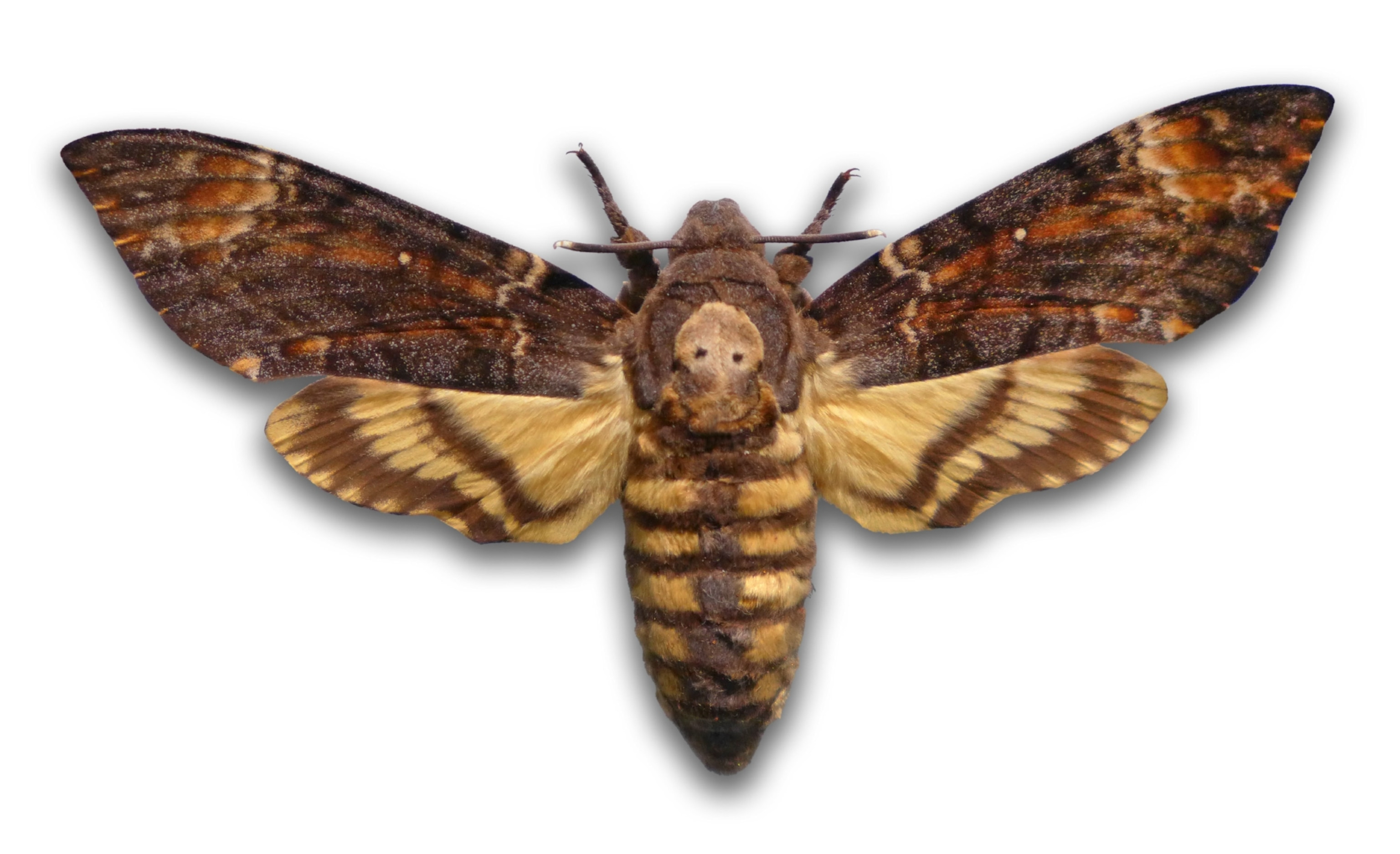
Secret of "Death" Moth's Scary Squeak Revealed
The ominous insect, immortalized in The Silence of the Lambs, has rapid, accordion-like mouthparts that allow it to make sound, a new study says.
Immortalized in the horror movie The Silence of the Lambs and in folklore as a night-flying harbinger of doom, the death's head hawk moth has a ghoulish reputation.
Truth be told, though, its most shocking feature is a funny squeak.
Many insects make noise by rubbing together external body parts like wings and legs. But internally produced insect sounds are much rarer, and squeaky noises are known only in some hawk moths. (Also see "World's Loudest Animals—Bug With 'Singing' Penis, More.")
How death's head moths, named for a skull-and-crossbones pattern on their heads, make such a sound has long been a puzzle.
Now, after recording the moth’s internal sound system in action for the first time, scientists have an answer: A two-part, accordion-like system whose rapid movements produce sound.
Speedy Muscles
The new findings, reported in July in the journal The Science of Nature, confirm the two-phase sound mechanism described in two largely overlooked studies published in 1920 and 1959.
Part of the new study’s mission was to test those hypotheses with modern methods, including microcomputed tomography (CT) scanning and X-ray video, says study leader Gunnar Brehm, a zoologist at Friedrich Schiller University Jena in Germany.
The team studied Acherontia atropos—one of the three death's head hawk moth species and the only native to Europe—and discovered the insect has two parts to its squeak.
First, it sucks in air, causing a flap between the mouth and throat, called the epipharynx, to rapidly vibrate. The air is then expelled with the flap open, creating a second sound.
“The sound system is an accordion basically, with an inflation and deflation of air,” Brehm says. (Also see "Vampire Moth Discovered -- Evolution at Work.")
The flap and its accordion-like movements work at lightning speed, with each inflation and deflation taking just a fifth of a second, the scientists discovered.
The Moths and the Bees
The new study may also explain another unusual death's head moth behavior: Raiding beehives for honey.
“Honey is much more viscous than nectar, and this could have led to the evolution of the epipharynx that works as a valve,” helping the moths to suck up the gooey food, Brehm explained. (Read more about why National Geographic explorer Dino Martins is mad about moths.)
Likewise, powerful head muscles used for pumping honey into the throat could just as easily pump air in and out.
“It was not a big jump to sound production,” Brehm says.
Hawk moth expert Ian Kitching, an entomologist the Natural History Museum in London, supports the theory that the moths' honey feeding could explain why they squeak.
“My guess would be the same, or similar,” says Kitching, who wasn’t involved in the research. “Muscle movements give rise to both feeding and squeaking.”
Why Squeak?
No one knows for sure why the moths squeak, however.
One theory is that the moths squeak to confuse predators and buy time, as the large, chunky moths—their wingspan can reach up to 5 inches (about 13 centimeters)—need to warm their bodies up to 140 degrees Fahrenheit (40 degrees Celsuis) before they can fly away.
15 Pictures of Adaptable, Beautiful, and Misunderstood Moths
As for their ability to startle, Brehm says you only have to hand one to an unsuspecting member of the public and see what happens. “It’s so unexpected,” he says. “People are usually quite scared.”
Other scientists believe the noise is linked to the moths’ honey habit.
One such idea is that the squeak mimics the piping sound of a bee colony’s queen, which she makes during the moths’ raids to signal to worker bees to stop moving or freeze
While there is no convincing proof for this theory, the Natural History Museum’s Kitching says researchers have “observed Acherontia squeaking on arrival at a bee colony and continuing once inside.”
Furthermore, he says, the noises made by the three death’s-head species are all different, as are the honeybee species they each target, so “the squeaks may be adapted to the specific requirements of those bees.”
So why these moths squeak, at least for now, is still shrouded in darkness.




